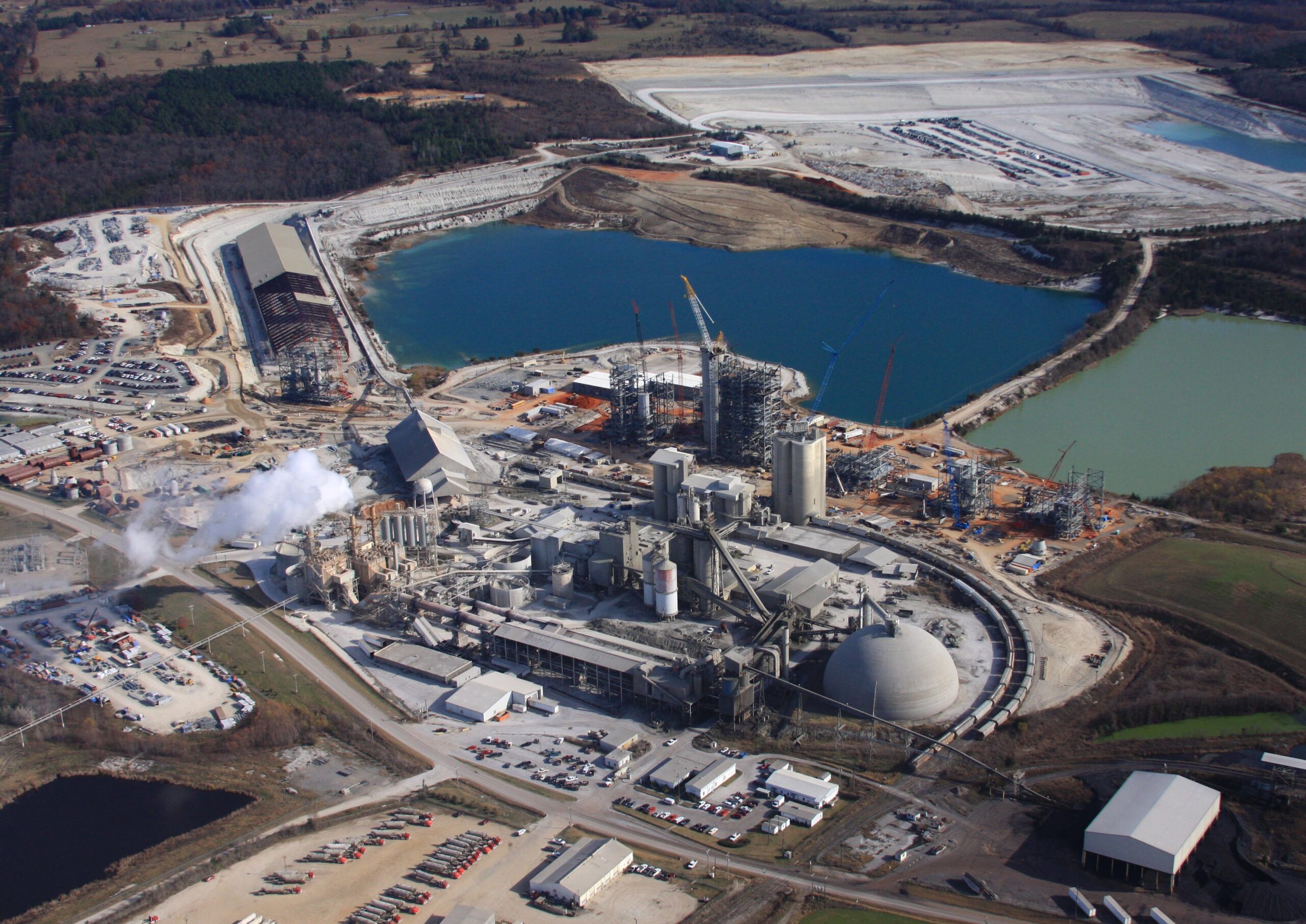The Ash Grove Foreman Cement Plant in Arkansas has been selected to receive funding for an integrated Front-End Engineering Design (FEED) study as part of a U.S. Government program to support the development of community-informed integrated carbon capture, transport, and storage projects.
In September 2022, the United States Department of Energy (DOE) announced up to $189 million in funding as part of the Department of Energy Office of Clean Energy Demonstration (OCED) Carbon Capture Demonstrations Projects Program to accelerate the implementation of integrated carbon capture and storage technologies (CCS) across the U.S.
OCED has selected eight projects, including the Ash Grove Foreman Cement Plant. The project team, led by Southern States Energy Board, will execute and complete front-end engineering and design FEED studies for an integrated CSS system at the Ash Grove Foreman Cement Plant, supporting the reduction of CO2 emissions associated with cement manufacturing.
Ash Grove Cement, a CRH Company, is committed to reducing its emissions and improving the plant’s sustainability performance. It actively promotes the circular economy and has ambitious 2030 carbon reduction targets in place.
The Foreman FEED project will be carried out over a 24-month period with an overall project budget of $15.2 million.
Project and Vendor Team Members
The project team comprises Advanced Resources International, Ash Grove Cement (site host), Crescent Resource Information, and Southern States Energy Board.
Air Liquide, Environmental Resource Management, and Sargent & Lundy will participate in the Project as vendors, while Talos will join as an industry stakeholder.
About the Office of Clean Energy Demonstrations
OCED was established to accelerate clean energy technologies and fill a critical innovation gap to achieve our nation’s climate goals of net zero emissions by 2050. OCED’s mission is to deliver clean energy demonstration projects at scale in partnership with the private sector to accelerate deployment, market adoption, and the equitable transition to a decarbonized energy system. Visit energy.gov/oced to learn more.
Read More about efforts to achieve carbon neutrality across the cement and concrete value chain by 2050. Given the breadth of these industries, it’s a daunting challenge, from the cement plant through the entire life cycle of the built environment.
![]()







